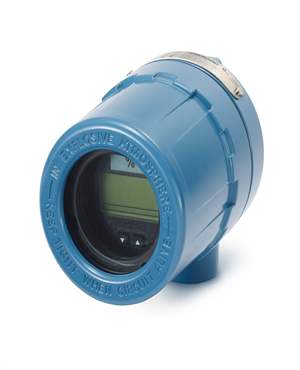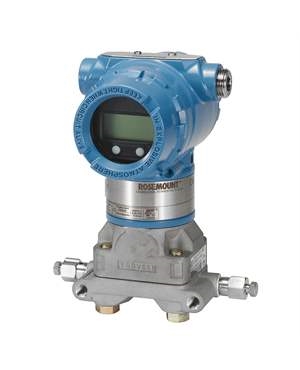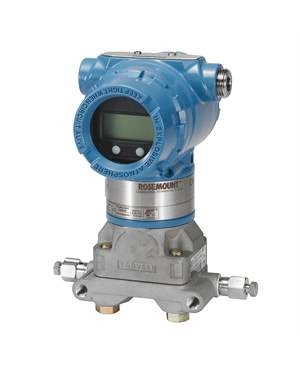What Are Diaphragm Seals and Their Types?
Brian Craig
February 07, 2020
What is Diaphragm Seal?
A diaphragm seal is an enclosure or a flexible membrane, which safeguards several types of pressure instruments. This seal is flexible so that it permeates internal pressure outside but seals the contents safely. These are mounted along with pressure gauges, switches, transmitters so that these instruments can be used in harsh environments and extreme weather conditions. These seals are extremely important because they help isolate the gauge from contents that could be toxic, reactive, or harsh chemicals. If such fluids come in contact with the actual instrument, it may be damaged. Diaphragm seals mainly protect the sensors of various switches and gauges and isolates them from the inside contents or fluids. This post discusses the details of diaphragm seals and their various types.
Types of Diaphragm Seals
Diaphragm seals are usually made of 316 stainless steel, Teflon, Hastelloy, Inconel, and so on. The requirements pertaining to diaphragm seals differ with each industrial application. They can be customized to suit your requirements. However, here are some common types of diaphragm seals:
- Threaded Diaphragm Seals:
These seals are mounted onto transmitters. gauges, or switches depending upon the application. They are joined through threaded connections or a flexible capillary. Threaded diaphragm seals have a compact design and can be fitted in small areas. Most manufacturers offer them with plenty of options such as changeable lower parts, cleaning rings, or various materials for wetted parts. The diaphragms may be welded internally or may be entirely made of stainless steel.
- Inline Diaphragm Seals:
These seals are placed internally using various types of connectors. Available in various sizes, they facilitate the laminar flow of fluids. Inline seals are placed in a manner that they prevent bacterial growth or other buildup in the diaphragm that may happen over a period of time. They also help eliminate errors that may occur while operating the diaphragm.
- Sanitary Diaphragm Seals:
These seals are used where a high amount of hygiene is required, such as food processing units or medical research labs. These diaphragm seals must comply with FDA requirements and Clean in place (CIP) methodologies. They help eliminate any risk of bacterial growth or contamination.
- Flanged Diaphragm Seals:
These seals are directly mounted onto gauges, transmitters, pipes, and so on. Depending upon the application and process fluids, various materials may be used for the diaphragm. Since this directly mountable, application compatibility is an important factor when selecting this type of seal.

What are the Benefits of Using Diaphragm Seals for Your Pressure Instruments?
It is worth investing in a diaphragm seal, and it is definitely not more than the measurement apparatus cost or the safety of its users. Apart from the obvious advantage of isolating the instrument from the contents, here are a few more benefits of diaphragm seals:
- They help prevent clogging and crystallization of fluids.
- They eliminate the risk of corrosion or any kind of reaction of the fluids with these mostly metallic devices.
- They enable the instruments to function normally in a very wide temperature range and all kinds of toxic fluids and semisolids.
- Certain types of threaded and flanged diaphragm seals facilitate remote mounting via a capillary, depending upon the application requirement.
- They help increase the operational life of the enclosed instruments
Are you looking for diaphragm seals or any pressure measurement equipment as a whole? Do check all the features vis-a-vis your application requirements and ensure you source them from reputed manufacturers and suppliers. The Transmitter Shop (TTS) is a one-stop-shop for all your instrumentation requirements. They have a huge inventory of ready-to-ship transmitters and accessories made by globally-recognized manufacturers and they provide calibration services using SI-traceable units.
Related Posts
- Everything You Need to Know About Industrial Process Temperature Measurement
- 8 Reasons to Opt for Remanufacturing
- 4 Reasons Why Transmitter Calibration Services are Important
- The Features and Benefits of Rosemount 1199 Direct Mount Transmitters
- 5 Reasons Why Should Consider Refurbished Rosemount Transmitters
- Why Choose Rosemount 3144P Transmitter to Get Right Temperature Feedback?
- How to Achieve a Better Temperature Measurement Accuracy?
- What Are Diaphragm Seals and Their Types?
- Temperature Transmitter: How to Select The Efficient One for Your Application?
- Industrial Instruments in Nuclear Power Plant Safety
- Complete Hydrogen Gas Safety and Measurement Solutions
- Steam Boiler Drum Level Measurement A Comparison of Control System Technologies
- Furnace Flame Sensor Faults Everything You Need to Know for Safe Operation
- Comparison between Multi Valve Manifolds Block Valves and Bleed Valves
- Pneumatic Pressure Controllers: A Safe Choice for Hazardous Areas
- Furnace Flame Sensor Faults Everything You Need to Know for Safe Operation
- Pneumatic Pressure Controllers: A Safe Choice for Hazardous Areas
- How Can Greenhouse Gas Emissions Be Reduced?
- A Practical Guide to Vacuum Measurement and Operation
- Understanding Electrochemical Detection: Principles, Techniques and Environmental Application
QUICK ENQUIRY







